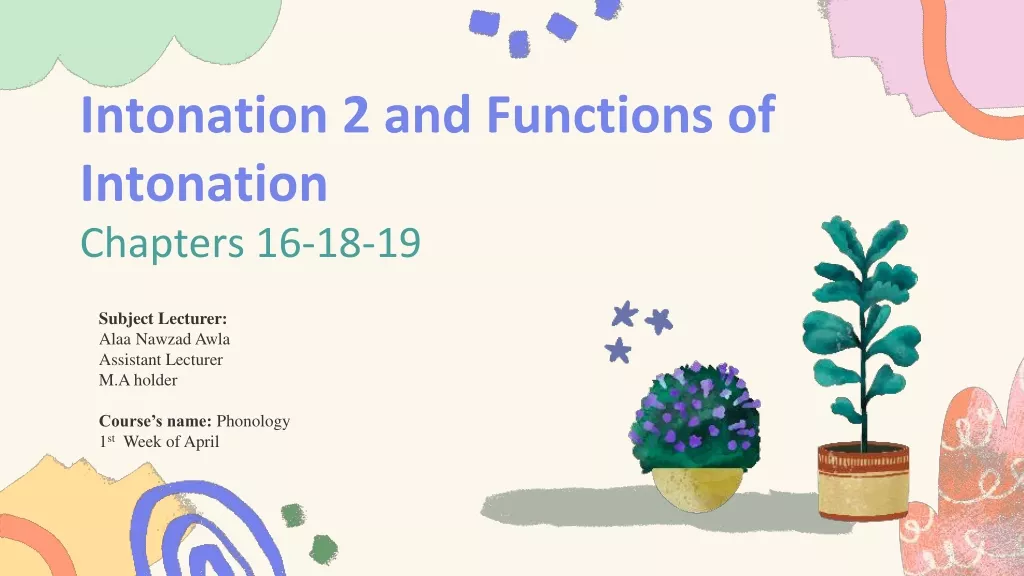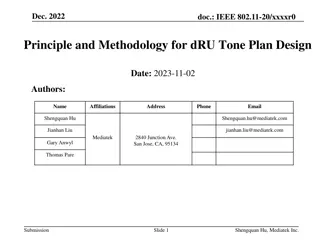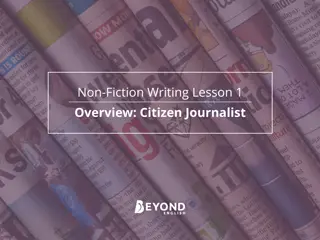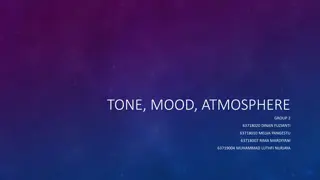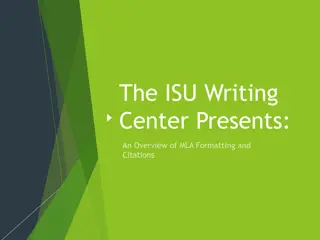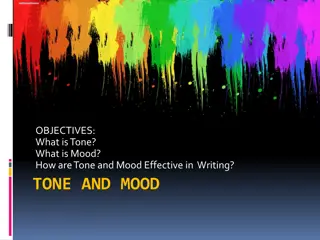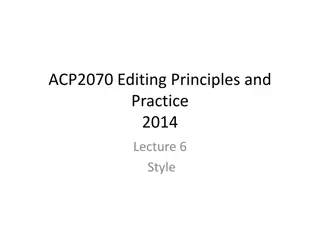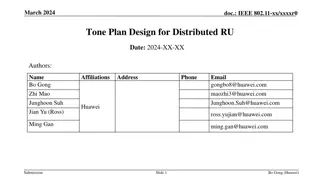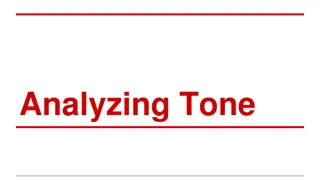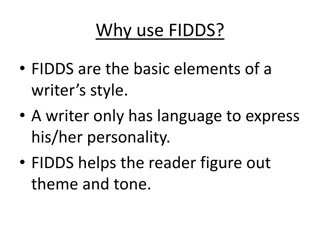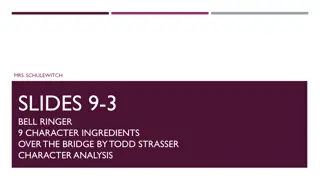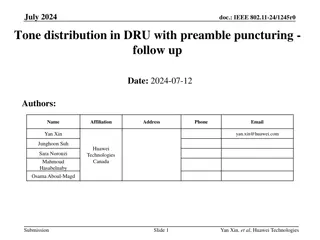Mastering Writing Tone And Style
Dive into the nuances of writing tone, from formal to informal, personal to impersonal, and the importance of conveying emotions and attitudes in opinion pieces. Learn how to adjust tone to engage your audience effectively.
Download Presentation

Please find below an Image/Link to download the presentation.
The content on the website is provided AS IS for your information and personal use only. It may not be sold, licensed, or shared on other websites without obtaining consent from the author.If you encounter any issues during the download, it is possible that the publisher has removed the file from their server.
You are allowed to download the files provided on this website for personal or commercial use, subject to the condition that they are used lawfully. All files are the property of their respective owners.
The content on the website is provided AS IS for your information and personal use only. It may not be sold, licensed, or shared on other websites without obtaining consent from the author.
E N D
Presentation Transcript
Tone Opinion Writing
Tone Tone is the emotion or mood of the writing. It can help the audience connect to the opinion piece better, but writers need to adjust their tone to fit their audience. Sometimes tone is hard to figure out until you start thinking in contrasts.
Formal or informal? Formal writing tends to read like writing. It follows the rules of grammar and style. Formal writing avoids contractions and slang words. Formal writing tends to make the writer sound more informed and serious. Informal writing is less concerned with rules and may use some slang. It may sound more like someone talking than correct writing.
Examples Which is more formal? The cops do an awesome job teaching kids about safety. The police excel at teaching students about safety.
Personal or impersonal? Personal writing relies on the writer's feelings and point of view. The writer uses the first person (I, me, my) to tell his or her story. The writer may touch on larger issues but uses his or her situation to illustrate them. Impersonal writing does not use the first person, and the writer steps back to take a more general point of view. The writing can be opinionated, but the opinions show how the issues apply to other people.
Examples Which is more personal? The school cafeteria now offers a wide variety of raw fruit and vegetables every day at lunch. I love getting lunch at the cafeteria because I can get a wide variety of raw fruits and vegetables every day at lunch.
What emotion or attitude? Look through the piece to determine the emotion or attitude. Is it happy, excited, serious, funny, angry, concerned? Some opinion pieces will not be emotional, but there is still usually an attitude behind the writing.
Examples What emotions or attitudes do these sentences show? Texting in class is a distraction, not just to the texters, but often to the people people around them. Texting in class is rude because it distracts other students, too.
Using tone A less emotional, impersonal, formal tone will help an audience take information more seriously. Bringing in personal experiences, or more emotional writing, can help illustrate a point. Informal style can also work for lighter opinion stories.




